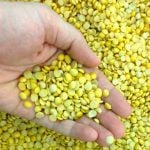
Tag Archives crop pests

Prepping for the 2024 canola crop
Planning for crop stresses now will set growers up for success when it is time to act: agronomists

Soybean cyst nematode in crosshairs for food-grade soybeans
Future varieties will resist diseases SCN and white mould
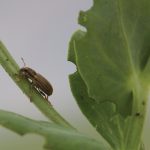
Insects posing problems in Saskatchewan crops
Grasshopper, flea beetle damage already reported
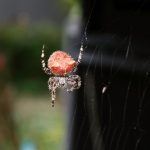
Comment: Lessons learned from spider guts
Spider stomach contents can sharpen our understanding of their role in agricultural pest control

Biologicals look to solve pressing issues in agriculture
Greater investment pushes toward biological solutions
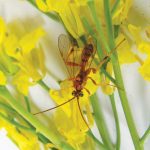
Beneficial insects bring farmer benefit
They’re an often overlooked limiting factor for crop eating pests
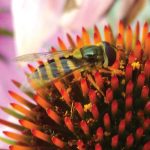
Protecting insect workers
A little management can go a long way towards keeping this unpaid workforce on your farm
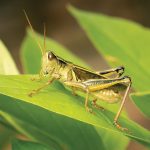
Grasshopper populations on the rise
Lessons from organic farms reveal a broader approach to grasshopper management
![“[Flea beetle] seem to overwinter well under our Prairie conditions and we don’t have the natural enemies that seem to knock a population out, the way it does to other insects.” – John Gavloski.](https://static.manitobacooperator.ca/wp-content/uploads/2023/02/09102252/Flea-beetles_Brent-Schram_cmyk-150x150.jpeg)
The year in pest insects on Manitoba fields
There were many of the usual suspects and some strange new issues in Manitoba fields last season

Neonics still best flea beetle option
There’s mounting evidence the European ban has significant unintended consequences, entomologist says

